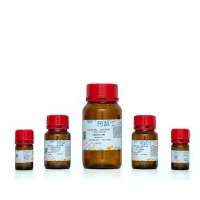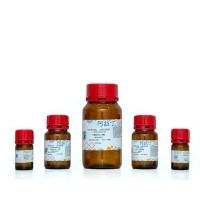Although enzymes are highly efficient and selective catalysts, there have been problems incorporating them into fuel cells. Early enzyme-based fuel cells contained enzymes in solution rather than immobilized on the electrode surface. One problem utilizing an enzyme in solution is an issue of transport associated with long diffusion lengths between the site of bioelectrocatalysis and the electrode. This issue drastically decreases the theoretical overall power output due to the poor electron conductivity. On the other hand, enzymes immobilized at the electrode surface have eliminated the issue of poor electron conduction due to close proximity of electron transfer between the electrode and the biocatalyst. Another problem is the short-term stability of the catalytic activity of the enzyme that is suspended in free flowing solution. Enzymes in solutions are only stable for hours to days, whereas immobilized enzymes can be stable for weeks to months and now even years. Over the last decade, there has been substantial research on immobilizing enzymes at electrode surfaces for biofuel cell and sensor applications. The most commonly used techniques are sandwich or wired techniques. Sandwich techniques are powerful and successful for enzyme immobilization; however, the enzymes optimal activity is not retained due to the physical distress applied by the polymer limiting its applications as well as the nonuniform distribution of the enzyme and the diffusion of analyte through the polymer is slowed significantly. Wired techniques have shown to extend the lifetime of an enzyme at the electrode surface; however, this technique is very hard to master due to specific covalent bonding of enzyme and polymer, which changes the three-dimensional configuration of enzyme and with that decreases the optimal catalytic activity. This chapter details an entrapment technique where an enzyme will be immobilized within the pores of a hydrophobically modified micellar polymers such as Nafion� and chitosan. This strategy has shown to safely immobilize enzymes at electrode surfaces with shelf and operation lifetimes of more than 2 years.






